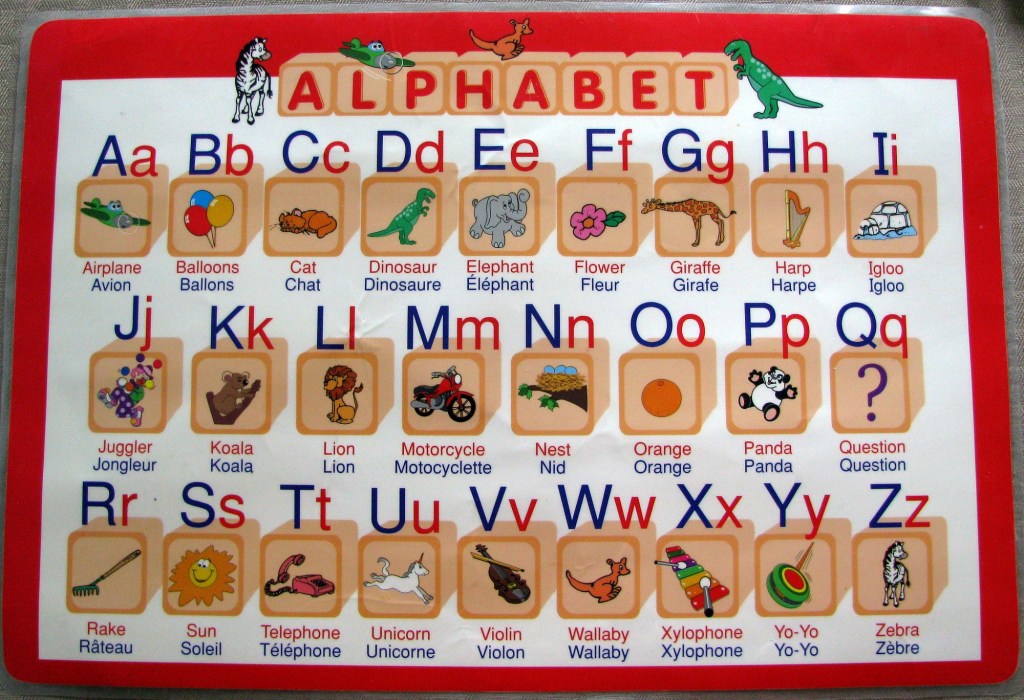A British artist going under the name Atticus Bones created something that could make science fiction fans jealous: an alien-looking alphabet.
There are plenty of procedurally generated images out there (like Google Deep Dream) that rely on “Neural networks,” usually an advanced Python-like decision tree. But Atticus created it all in JavaScript. He compares it to a “digital clock display,” with a predetermined layout. The JavaScript created half a segment, which then meshed segments into letters.
Videos by VICE
Bones reduced down to the ones that looked good, and created a rough “alphabetical” order of his entirely nonsensical writing system and put it into a pen plotter. The whole process was then recorded and animated via CSS. The end result is a professional looking piece of wonderful alien gibberish, with no “semantic content,” as he says, and the kind of random logic you’d expect from a 20-sided Dungeons and Dragons die.
“I had created randomly generated symbols many times in the past, and this was my attempt at trying to create a script that looked ‘handwritten’,” Bones says in a DM to Motherboard. “Complete gibberish, but believable as a writing system. I’m considering printing an entire book of nonsense like this, just to fuck with some poor translator in the future (see: The Voynich manuscript).”
Bone’s tweet came to the attention of Pascal Sommer, a Swiss programmer and photographer, through the ensuing Twitter conversations. He follows generative art closely, something he says is a “very nice and helpful” community. He decided to take some of the “children” of Bone’s nonsense and make a script of his own. (The details are over on Sommer’s Medium.)
As it ends up, there’s surprisingly complex mathematics underlying computer-created not-quite-language script. It partly boils down to graph theory (a sort of mathematical “connect the dots” between various points, often used to map relationships) and something called Prim’s Algorithm, which seeks to make the path in a network as small as possible between each connection. (Which, yes, is indeed one of the underpinnings of computer networking, so you could say Sommers’ variation is basically a simulation of a few internet nodes laid out repeatedly.)
“The algorithm starts with a small set of connected nodes and keeps adding connections outwards until everything is connected,” Sommer says.
Typically, Prim’s Algorithm appears as a “tree,” with branches connecting nodes into an overall line path. But by applying a different shape to a shape that requires a loop (rather than a tree), you can create various shapes that behave similarly, but with widely varying results.
“Now if you have such a set of paths on a grid, and every cell in the grid is visited by exactly one of the paths, you could take the outline of the paths,” Sommer says.
So what’s the use in this?
Well, both Bones and Sommer admit… it’s to look wild. “Random numbers and asemic writing are two things I’m super interested in, and this is a marriage of both of my interests,” Bone says, and Sommer sees it more as a way to find like-minded individuals and push the field of generative art a little bit further.
“These specific patterns that we’re generating here probably don’t have much use outside of creating pretty visuals and characters of cool alien writing systems,” Sommer says. “What’s more important though are the ideas behind the algorithms. Computer science and mathematics have the beautiful property that some results of one area can suddenly be applied to some completely different problem.”
In this case, that’s taking something usually used to connect network nodes to create a writing symbolic non-language by following a particular circuit path. It has a little bit of application in learning about the underlying mathemetical principles.
But maybe if the field gets enough notice, they’ll be on call to help generate the next science fiction alien language to impress the world.
More
From VICE
-

Milena Magazin/Getty Images -

Marie LaFauci/Getty Images -

CRIS BOURONCLE/AFP via Getty Images -

